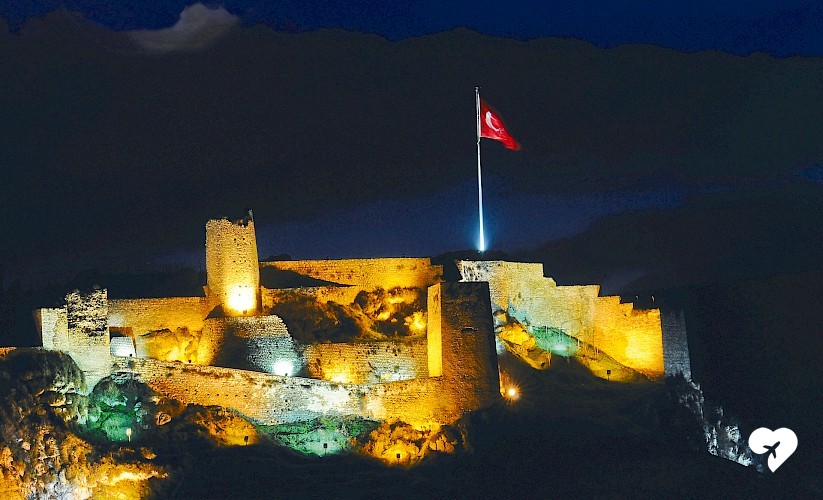Enjoy the magnificent atmosphere of Kastamonu that inspires believers, skiers and ecologists!
Situated inland amid beautiful forests, the city of Kastamonu boasts several important monuments: the 12th-century Byzantine castle built by Comnenes, the 13th-century Atabey Mosque and the 14th-century İbni Neccar Mosque. The Archaeology and Ethnography Museum displays artefacts found in the region while the Liva Paşa Mansion Museum also has local ethnographical artefacts. Nearby is Evkaya, a rock tomb dating from the sixth century BC. In the village of Kasaba, the 14th-century Mahmut Bey Mosque retains some of the finest wood carvings in Turkey. About 41km west of Kastamonu and 9km west of Daday lies Çömlekçiler Village that has traditional timber houses and farms offering county horseback riding tours.
Then 63km south of Kastamonu is Ilgaz National Park, a delightful protected area in the Ilgaz Mountains with a ski centre and good accommodation. East of the park, by the Devrez and Kızılırmak rivers, is Tosya where extensive rice fields cover the landscape.
Ilgarini Cave, in the region of Pınarbaşı (northwest of Kastamonu), is one of the largest caves in Turkey. It is a wonderful place for trekking and exploring off the beaten path.
A distance of 82km from Pınarbaşı is the lovely county of Cide which is famous for its natural beauty. The county has good hotels and a pleasant beach, providing comfort and relaxation. Cide evokes admiration through its long shimmering coast, lush green forests and splendid bays backed by mountainsides that fall perpendicularly into the blue sea. As a shelter for many civilizations across ages, this county is mentioned as the ancient city of Aigialos in Homer's epic poem the Iliad, together with the nearby ancient city of Kytoron. The Romans, Byzantines, Seljuks and Ottomans all left their mark on Cide, which was a popular destination for travellers along the Silk Road and a land for merchants who engaged in the shipping trade with Russia at one time. Gideros Bay, situated 11km from the centre of Cide, is one of nature’s gifts to Kastamonu - a delight for visitors.
